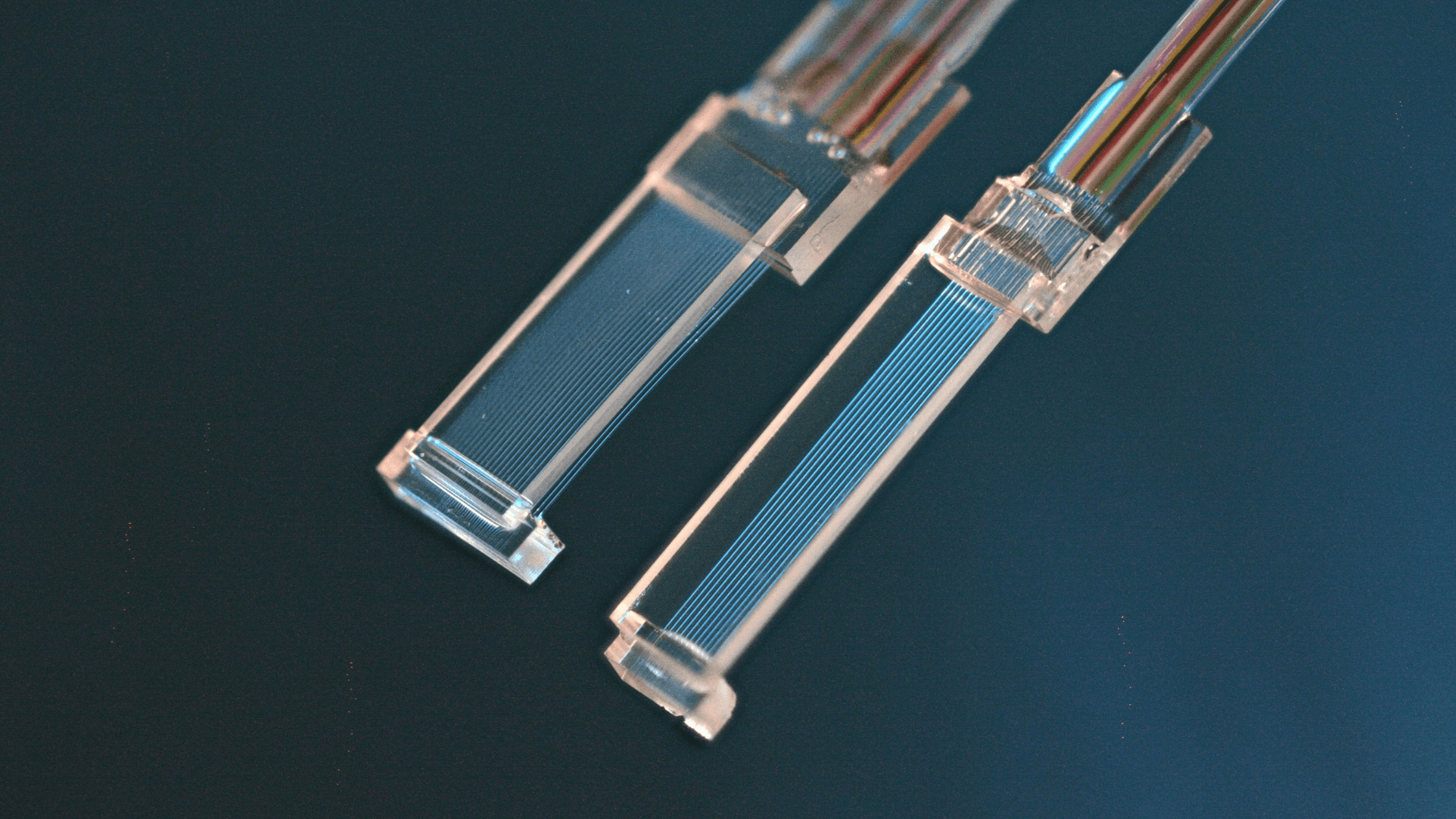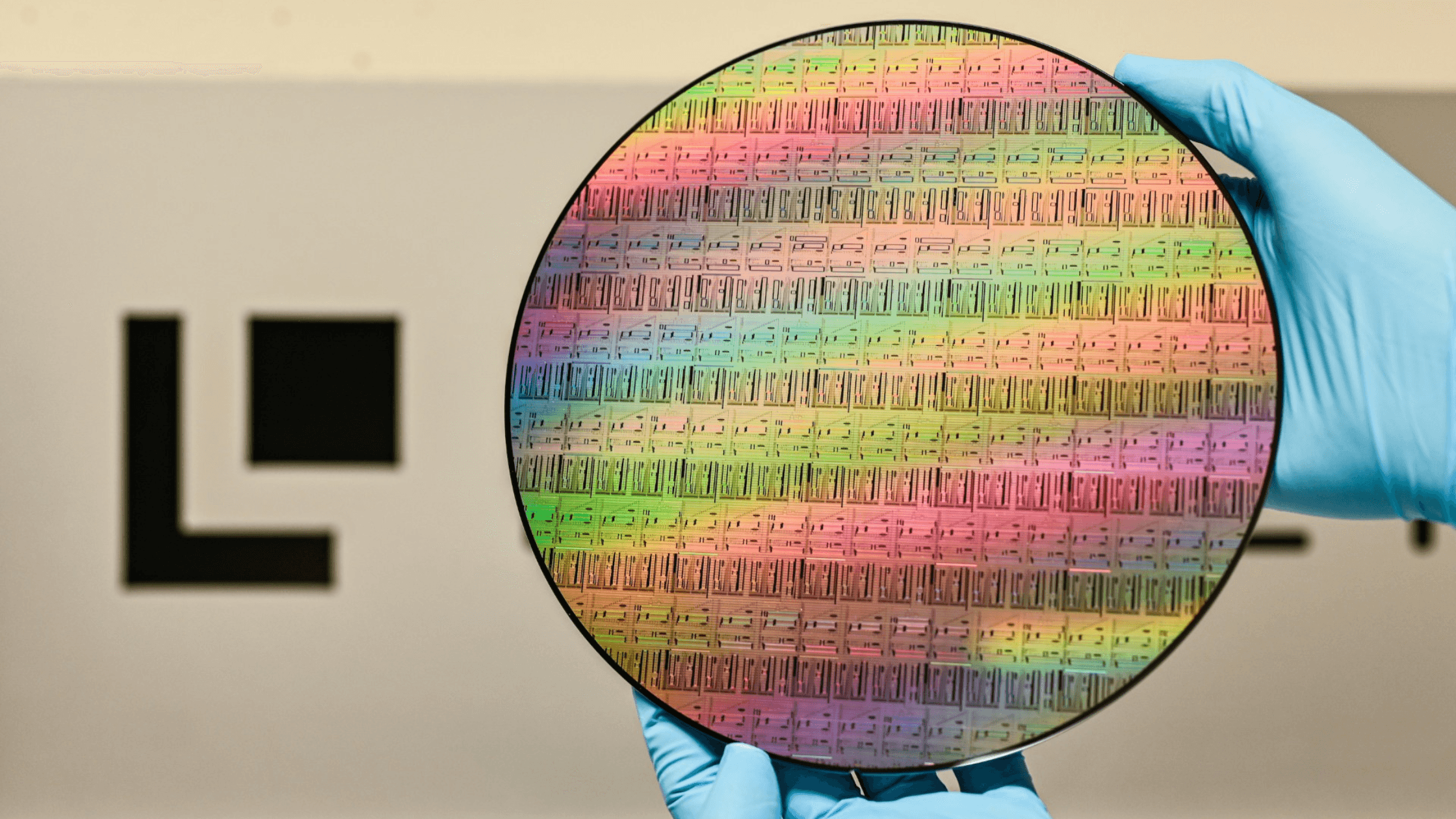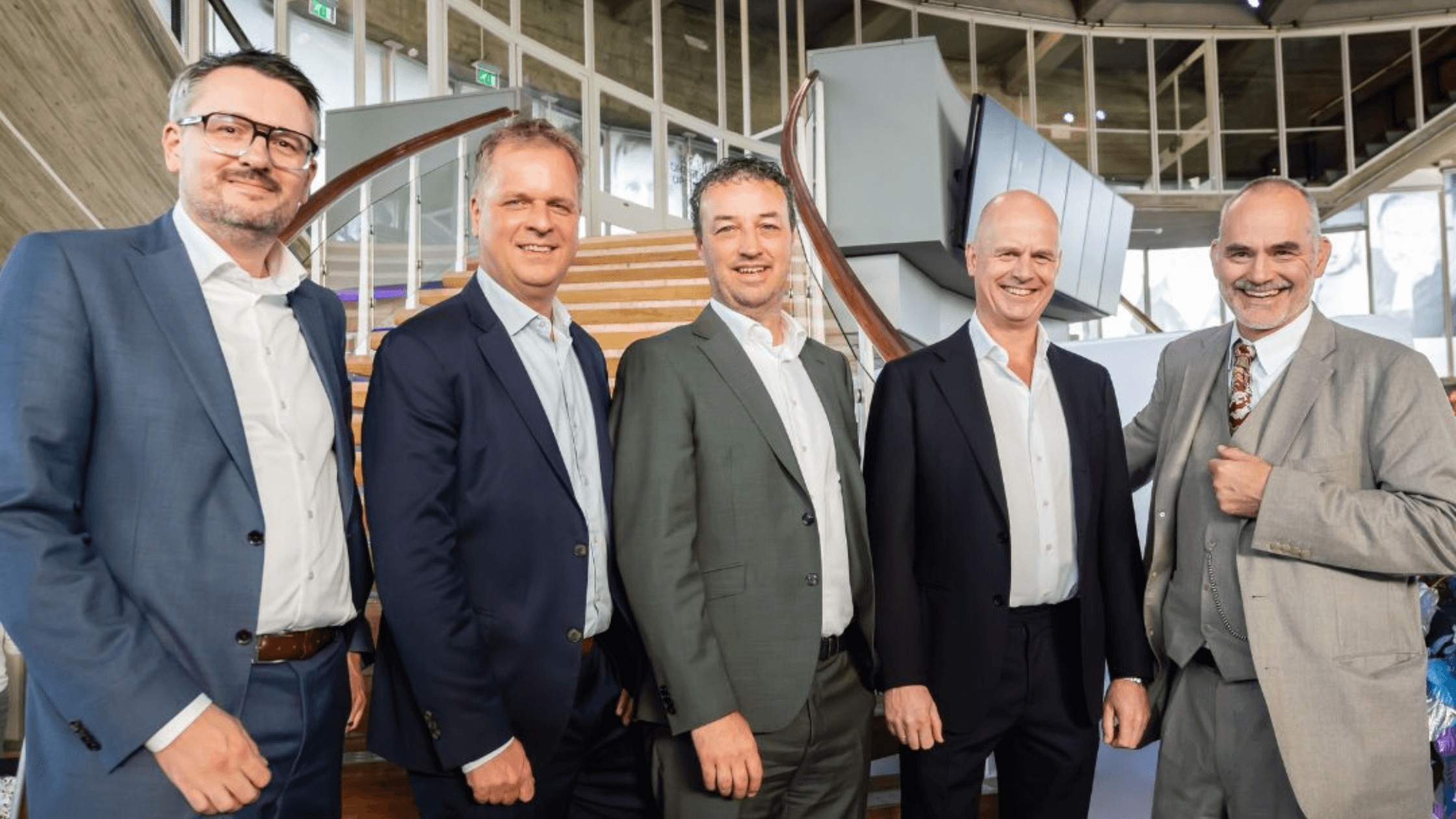Canada’s StarIC fills a void in the Photondelta ecosystem
22 May 2025Canadian IC design firm StarIC has reached across the Atlantic by opening an R&D office in Utrecht, the Netherlands, taking its expertise in electronics-for-photonics to the Photondelta ecosystem.
The properties of light may render it superior to electrons in performing certain tasks, but photons could never do without the assistance of their charged cousins. Light-based chips need power, driver electronics and an interface with the outside world. Unfortunately, designing the electronics that help light do what it does best is a totally different beast than designing the photonic integrated circuit (PIC) itself. Best to leave either of these jobs to the expert.
This is where StarIC comes in. Based in Toronto, Canada, and founded in 2019, the firm specialises in analogue and mixed-signal electronic design. The latter term is usually reserved for chips that go back and forth between analogue and digital signals, but there’s no reason why it can’t apply to electronic and photonic signals. This is where StarIC saw an opportunity for itself. The design of components like drivers, transimpedance amplifiers, serializer/deserializer transceivers (Serdes), and control circuits that are purpose-built to operate alongside PICs has grown into one of the firm’s key differentiators.
“There’s real value in having electronics people who understand photonics. We have people on board who understand what our customers are trying to build, who know what questions to ask and who know the typical pitfalls. As far as I am aware, there are very few companies out here who can operate at this intersection of skill sets,” says CEO Imran Ahmed of StarIC.
As you would expect, StarIC can deliver a custom design, built from scratch and tailored to the needs of the customer. But the firm has also started to develop building blocks that, to a certain extent, can be mixed and matched like Legos to create a solution. This approach is common in electronic design, but standardisation in photonics hasn’t progressed far enough to forego all design-specific tweaking. Ahmed: “We’ll still customise as much as needed, but at least we won’t have to start entirely from scratch. Things are moving fast in the world of photonics, and we’ve found that many customers appreciate this approach.”
Since the start of the year, it has become easier for Dutch and European photonics companies to seek out the services of StarIC. The Canadian company has joined the Photondelta innovation network focused on accelerating the commercialisation of integrated photonics technology. Additionally, StarIC has recently opened an R&D office in the Dutch town of Utrecht.
Both moves are a win-win for everyone involved, says Ahmed. “There are a lot of synergies. We’ll benefit from being a part of a world-leading ecosystem with a lot of potential customers and partners, not to mention the talent we can access here. Conversely, we’ll be able to support many of the innovations that are born and nurtured here, helping to drive the technology and the ecosystem forward.”
The Photondelta ecosystem prides itself on covering the entire integrated photonics value chain, from design to testing and packaging, but expertise in electronics-for-photonics may have been a missing piece. Now, that gap has been filled.



